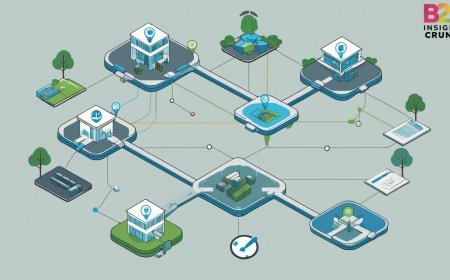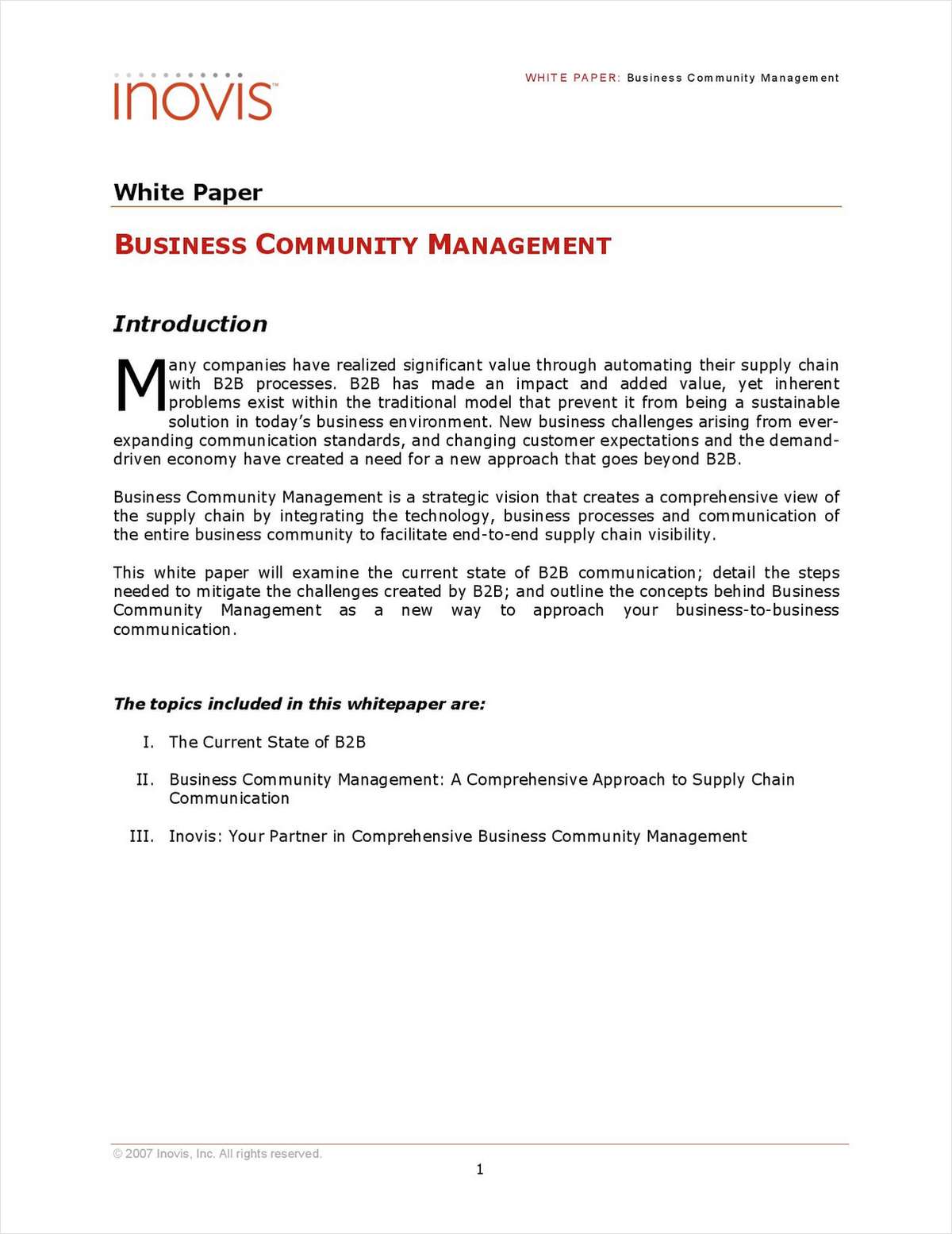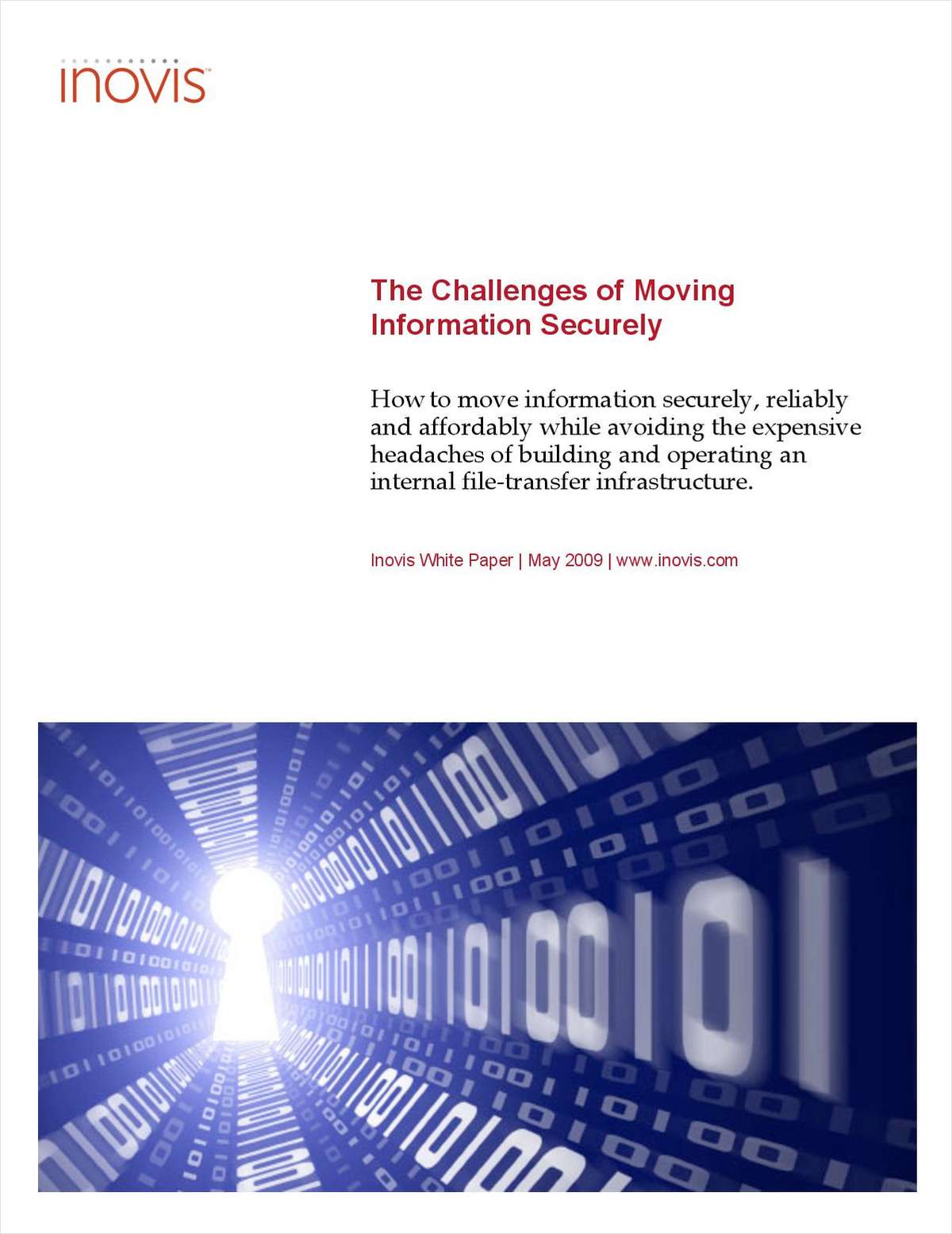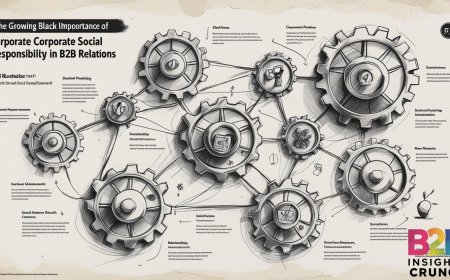Digital Transformation Beyond IT: Operational Shifts in B2B

Digital Transformation Beyond IT: Operational Shifts in B2B
Digital transformation has long been associated primarily with IT departments, but in today’s B2B landscape, its influence extends far beyond technology teams. It’s reshaping entire operations, redefining how businesses create value, interact with partners, and meet evolving customer expectations. This shift is not just about implementing new software or automating processes-it’s about rethinking business models and fostering a culture that embraces change across every layer of the organization.
One of the most noticeable operational shifts driven by digital transformation in B2B companies is the way workflows are designed and executed. Traditional, siloed approaches are giving way to integrated, cross-functional processes enabled by digital tools. For instance, sales teams no longer rely solely on spreadsheets or disconnected CRM systems; they access real-time customer data, collaborate with marketing, and align with supply chain teams to provide a seamless customer experience. This interconnectedness leads to quicker decision-making and more agile responses to market changes.
Procurement and supply chain management have also seen dramatic changes. Digital platforms now allow businesses to track inventory in real-time, forecast demand with greater accuracy, and manage supplier relationships more proactively. This transparency helps mitigate risks, reduces downtime, and optimizes costs-advantages that are essential in today’s volatile global markets. Instead of reacting to disruptions, companies can anticipate them and pivot more effectively.
Customer engagement is another area where digital transformation extends beyond IT. B2B buyers today expect the same personalized, frictionless experiences they encounter in consumer markets. Businesses are investing in digital channels, self-service portals, and data analytics to better understand client needs and preferences. This shift requires operational teams to work closely with data scientists and digital strategists to create tailored solutions and build lasting relationships. The goal is not just to sell products or services but to become trusted partners who add value throughout the customer journey.
Moreover, workforce dynamics in B2B organizations are evolving alongside these operational changes. Remote and hybrid work models are becoming standard, demanding new collaboration tools and flexible management styles. Digital transformation encourages a culture of continuous learning, where employees are equipped with the skills and mindset to adapt quickly. This focus on human capital transformation ensures that technology investments translate into real business outcomes.
Importantly, the transformation is also influencing organizational structures. Companies are moving away from rigid hierarchies toward more agile, project-based teams that can innovate rapidly. This shift empowers frontline employees to contribute ideas and solve problems in real-time, fostering a sense of ownership and engagement that traditional models often lack.
While IT remains a crucial enabler, the true power of digital transformation lies in its ability to touch every part of a B2B enterprise-from operations and customer service to human resources and beyond. It challenges companies to break down internal barriers, embrace new technologies, and rethink how value is delivered. Organizations that succeed in this journey don’t just implement digital tools-they transform how they operate, collaborate, and compete.
Ultimately, digital transformation beyond IT is about building resilience and agility into the very fabric of B2B businesses. In a world where change is constant, those who adapt their operations thoughtfully and holistically will be best positioned to thrive in the future. It’s not just about keeping pace with technology; it’s about evolving the entire enterprise to meet tomorrow’s challenges head-on.





















